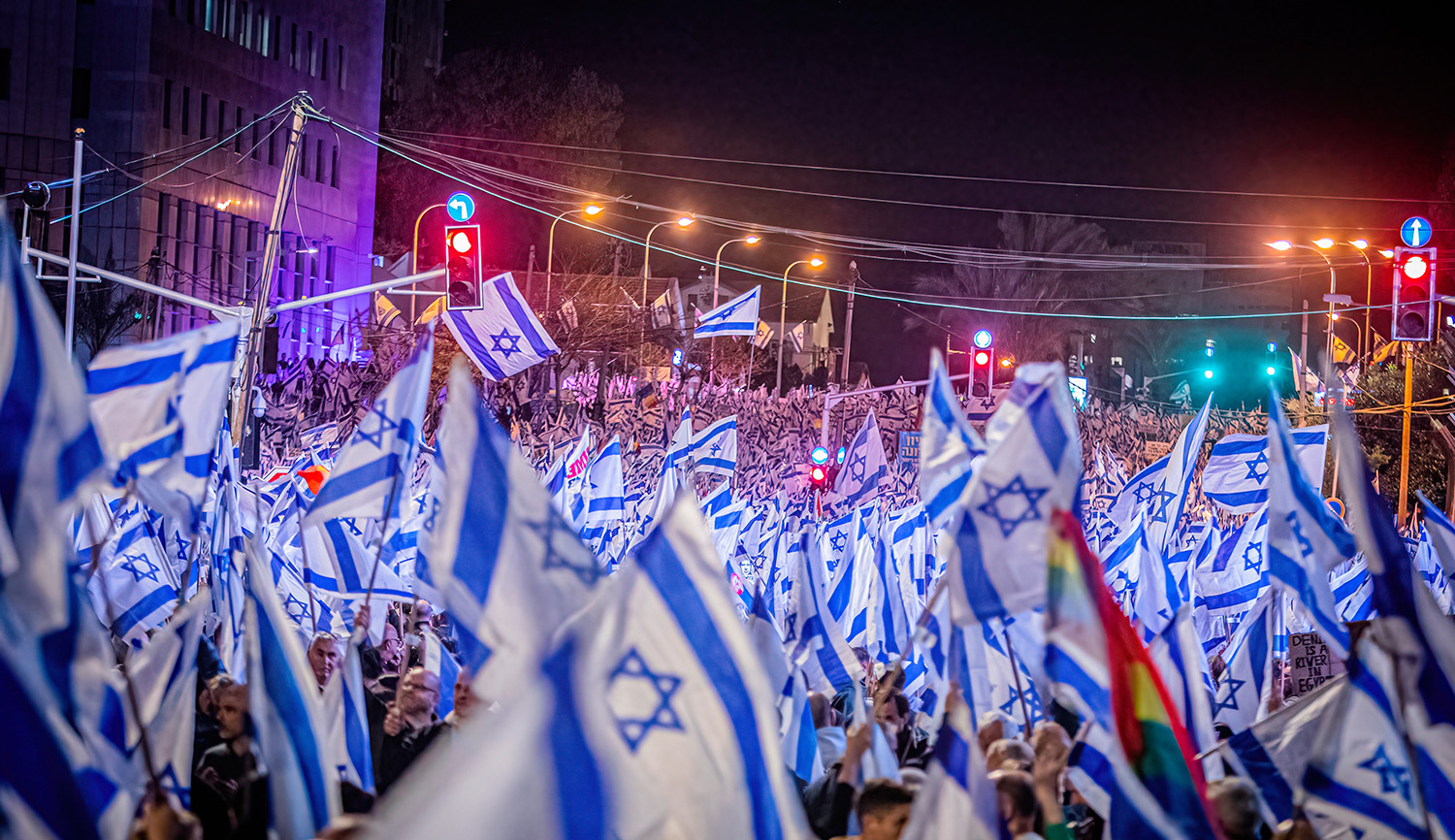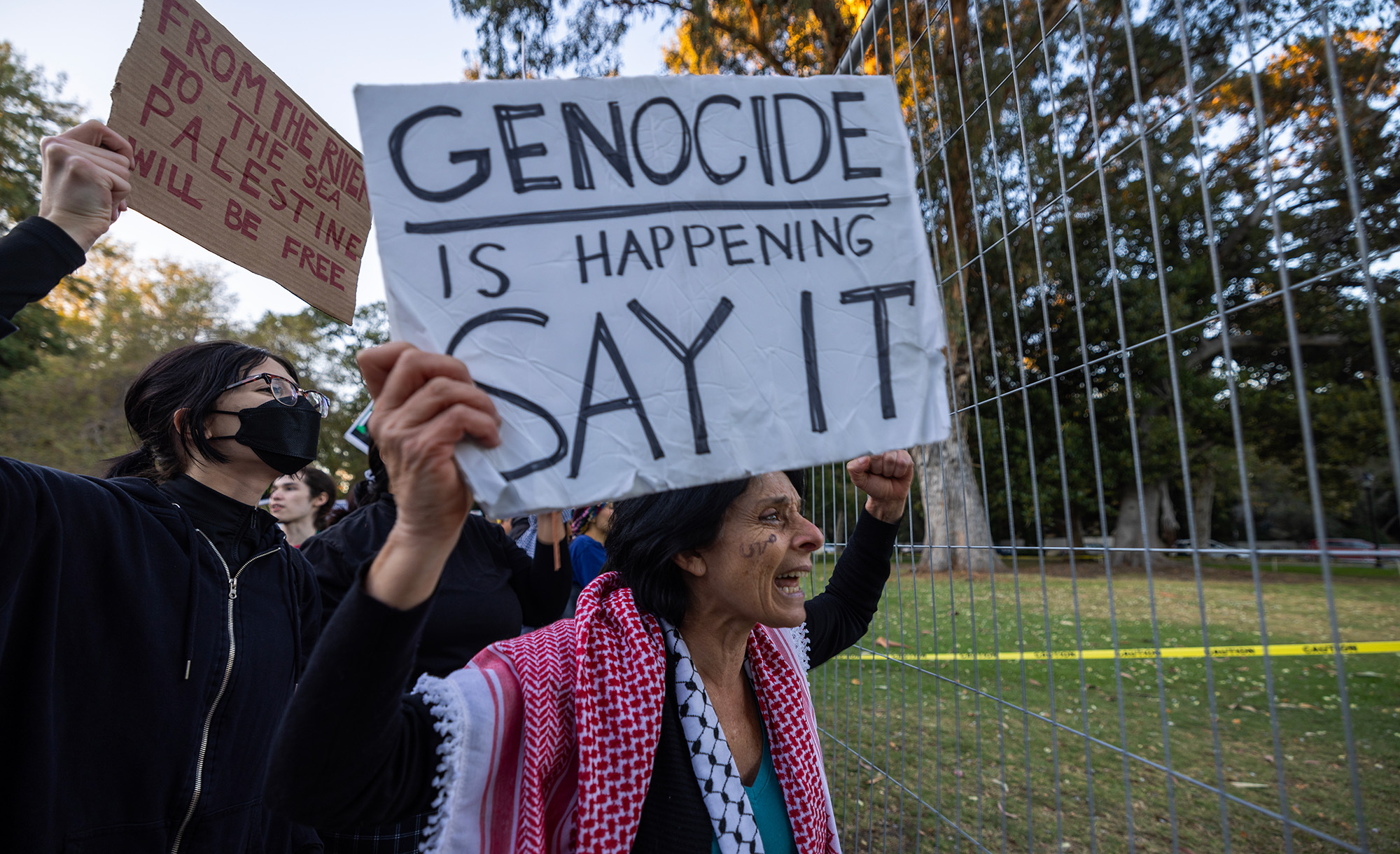In Tractate Ta’anit, the Talmud discusses a variety of minor festivals, celebrating events in late- or post-biblical history, that had been removed from the calendar in the wake of the destruction of the Second Temple. Among them is “Nicanor’s Day,” which commemorated the defeat and death of the eponymous Seleucid general who menaced Jerusalem not long after the Maccabean Revolt. This talmudic discussion, which summarizes a narrative found in 2 Maccabees, appeared on Tuesday in the daily cycle of Talmud study known as daf yomi. Elliot Goldberg explains that behind the story of Nicanor is that of a disgruntled priest named Alcimus:
Alcimus [was] a former high priest seeking to regain his position in the Temple. To accomplish this, Alcimus seeks the favor of Demetrius, a successor to Antiochus (the ruler of the Syrian-Greeks and the villainous king of the Hanukkah story). When asked by Demetrius about the intentions of the Jews in Judea, Alcimus reports that the Hasmoneans “are keeping up war, stirring up sedition, and will not let the kingdom attain tranquility.”
So Demetrius sends Nicanor, a commander of the elephant cavalry, to defeat Judah Maccabee, restore the peace, and serve as governor of Judea. Nicanor goes to Judea, but instead of making war with Judah, whom he fears to confront in battle, he seeks a truce with him. This serves Nicanor well, but not Alcimus, who hopes that a Syrian-Greek victory will return him to his role as high priest.
Alcimus sends word of the truce to Demetrius, who orders Nicanor to capture Judah and send him to Antioch, the seat of Demetrius’ empire, as a prisoner. Left with no choice but to obey the king’s order, Nicanor leads his troops to battle and is defeated by Judah.
Read more at My Jewish Learning
More about: Hanukkah, Jewish history, Maccabees


